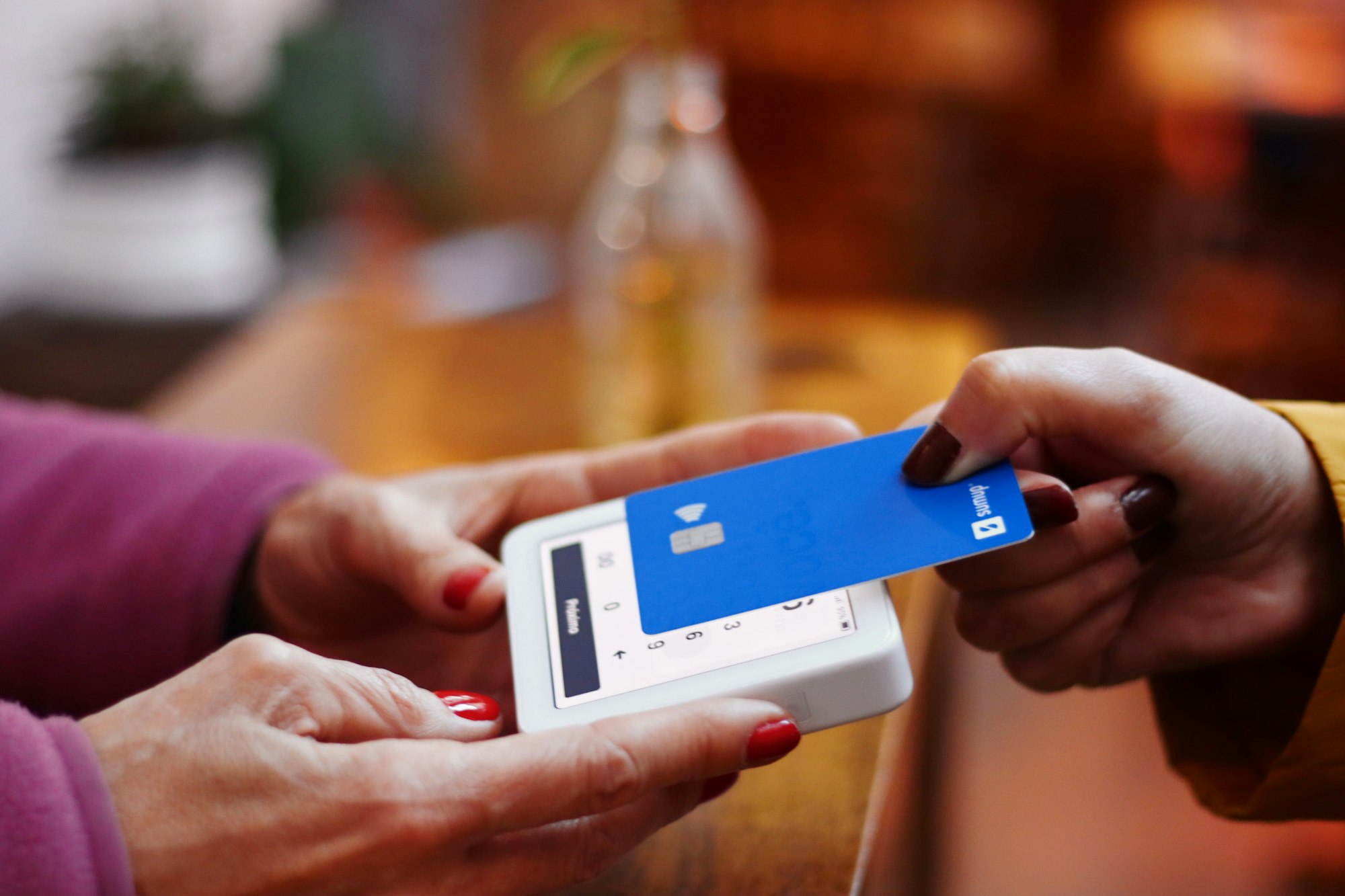Indian government to spend $320M to promote domestic payments network RuPay

The Indian government has approved a plan to spend $318.4 million on promoting the usage of RuPay debit cards and low-value person-to-merchant (P2M) transactions on the Unified Payments Interface (UPI) network.
UPI, a six-year-old payments network built by a coalition of banks, has become the most popular way for Indians to transact online, but it operates at a zero merchant discount rate (MDR), which is a source of income for banks and card companies.
While RuPay is a domestically-developed card network, promoted by the National Payments Corporation of India, an organization that also oversees UPI payments.
In 2022, the Unified Payments Interface (UPI) saw a historic peak in usage as the number of transactions reached a record high of 782 crores (~7.82 billion) in December and totalled a record-breaking Rs 12.82 lakh crore (~$15 billion).
According to data from the National Payments Corporation of India (NPCI), the regulatory authority for retail digital payments, the volume of transactions in December increased by 7.12% compared to November, and the value of transactions increased by 7.73% during the same period.
This latest move is a part of the government's effort to support the growth of its domestic payments network, RuPay, and assuage the concerns of banks about the financial viability of the UPI network.





